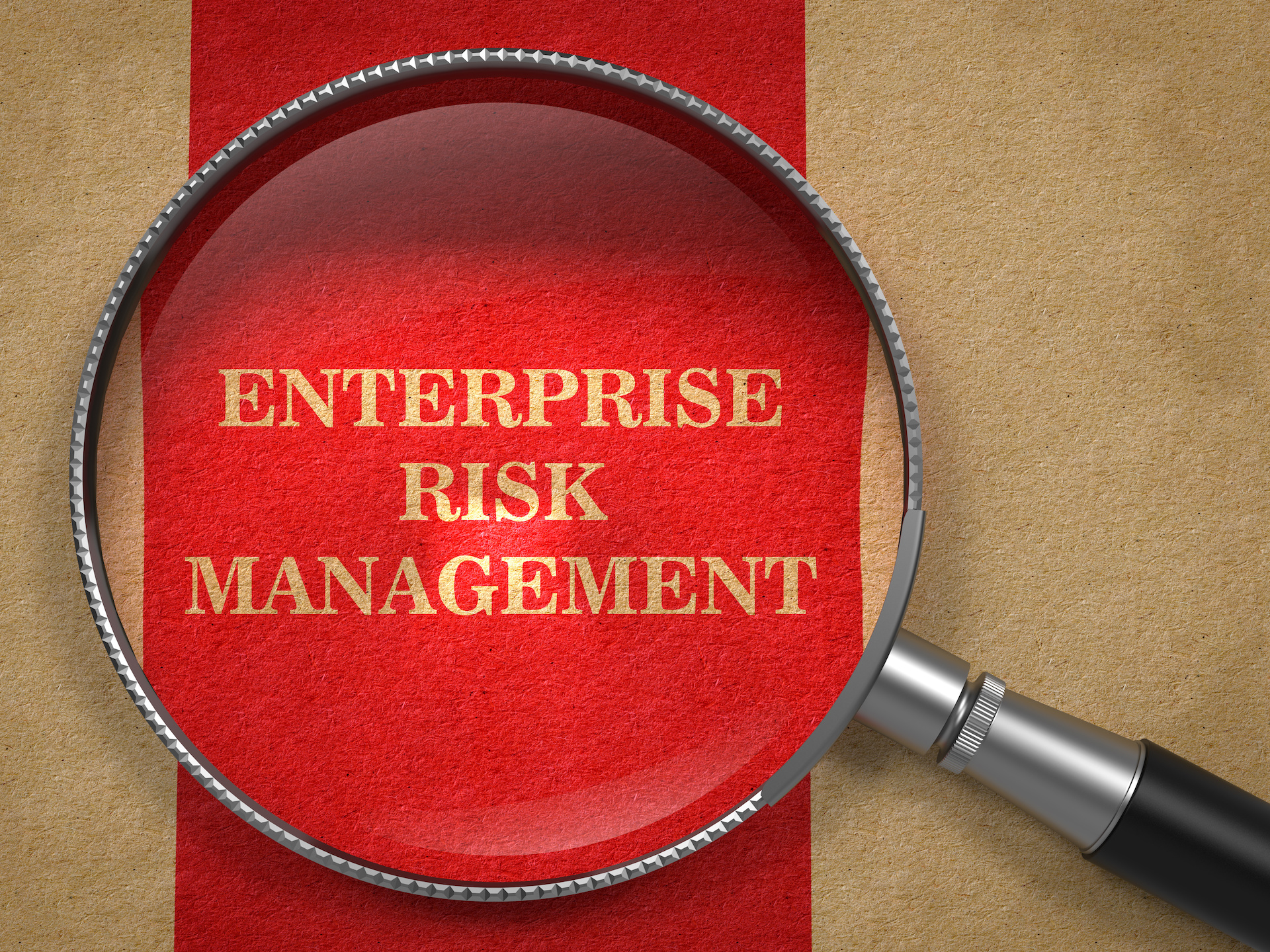Nonprofit board members and managers rely on delegating their responsibilities to others. Of course, the size of the organization will dictate the options, persons, groups, and contractors involved. This post is aimed principally at nonprofit corporations with at least a few employees holding management-level responsibilities and will not discuss...









